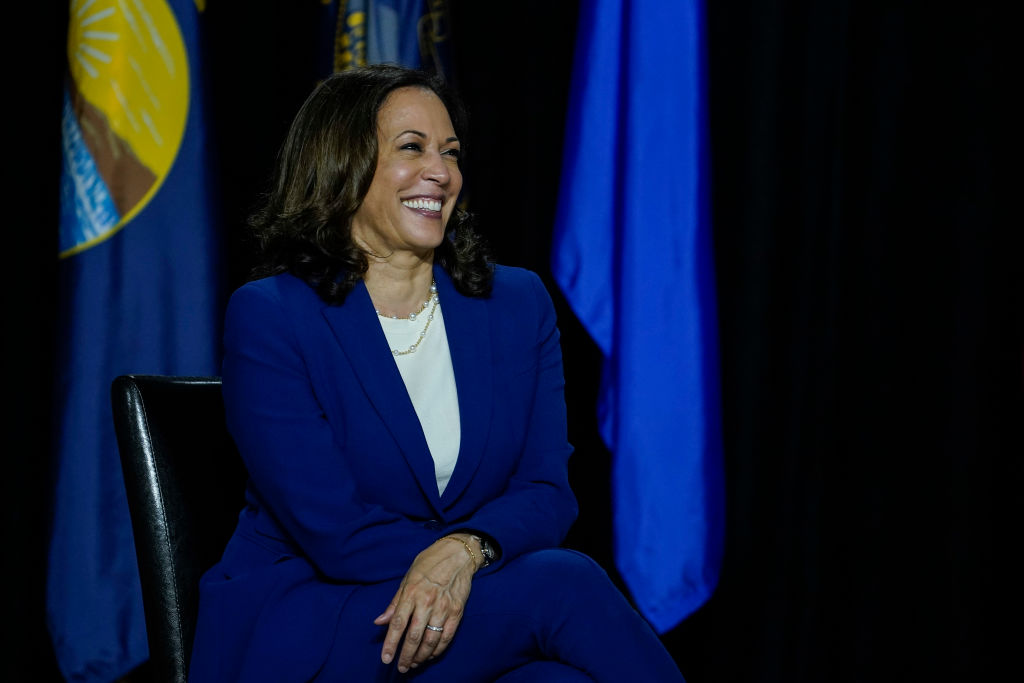Who Started Breaking? The Black History Of The Olympics’ Newest Sport

Source: FG Trade / Getty
Breaking, also known as breakdancing, is not just a dance form but a cultural phenomenon that has left a profound impact on the world of dance and music. From its humble beginnings in the Bronx to its global influence today, breaking has a rich and dynamic history that mirrors the evolution of hip-hop culture itself. How did this incredible dance form become ingrained within the fabric of hip-hop history you ask?
According to Red Bull, the origins of breaking can be traced back to the early 1970s in the South Bronx, New York City. Sparked by Latino and Black youth living in the neighborhood, the Bronx was a melting pot of diverse cultures and economic challenges. However, amid this backdrop, a new cultural movement was emerging. Breaking was born out of the vibrant hip-hop scene, which also gave rise to graffiti, MCing (rapping), and DJing.
It all started with DJ Kool Herc.
In the early 1970s, DJ Kool Herc, known for his neighborhood parties, observed that dancers would become particularly energetic during the “break” sections of his tracks—moments when the music stripped down to just the percussion. To extend these breaks and give dancers more time to shine, Herc began using a technique called the “Merry-Go-Round,” which involved playing two copies of the same record and switching between them on two turntables. This innovation laid the groundwork for the dance style known as breaking, as b-boys and b-girls began to groove specifically to these extended breaks.
Breaking, performed by dancers known as B-Boys and B-Girls, is a dynamic dance style that features a mix of moves such as intricate footwork, popping, and backspins. This form of dance is primarily improvisational, incorporating variations of foundational moves like freezes, power moves, down rock, and top rock. The dance is often paired with a distinctive fashion sense, including baggy pants or tracksuits, baseball caps worn sideways or backward, and sneakers, which are essential due to the demanding nature of the moves.
Breaking often takes place in cyphers, which are informal dance circles where dancers showcase their skills. In a cypher, each dancer performs in turn, surrounded by an audience of peers who provide encouragement and feedback. This format fosters a sense of community and allows dancers to express their creativity and engage in spontaneous, improvisational battles. Cyphers are integral to the breakdancing culture, serving as both a platform for individual expression and a venue for skill development and mutual respect among dancers.
Several members of the breaking community soared to legendary heights.
According to History. Hip-Hop, one of the most influential breakers in history is Jojo, a trailblazing B-boy who founded the Rock Steady Crew. Battling since the age of nine years old, Jojo aimed to reinvigorate the breakdancing scene by injecting new energy into the community with his crew members. Originally called The Untouchable Four B-Boys, Jojo, alongside EZ Mike, Peabody 170th, and Jimmy D, expanded their circle by inviting new members to showcase their skills in dance battles. Notable members who rose to prominence include Baby Love (Daisy Castro), Buck Four (Gabriel Marcano), Crazy Legs (Richard Colon), Kuriaki (Lorenzo Soto), Prince Ken (Kenneth Gabbert), and Devious Doze (Jeffrey Greene).
The Rock Steady Crew gained significant media attention in 1981 when their high-energy battle with the Dynamic Rockers was featured by major outlets like National Geographic. In 1982, Crazy Legs, now the crew’s president, launched a Manhattan chapter and teamed up with Afrika Bambaataa to advance Hip Hop culture by joining his Zulu Nation.
As noted by Red Bull, the Rock Steady Crew embarked on the Roxxy European Hip-Hop tour in 1982, performing in London and Paris, and made a notable appearance on The Letterman Show in 1983. However, they weren’t the only crew to dominate the scene. The following year, another prominent group, the New City Breakers made waves by performing on the pilot episode of Graffiti Rock and at the Kennedy Center Honors in Washington D.C., where they showcased their talent for President Ronald Reagan, further cementing their national prominence.
During this period, music videos and films like Flashdance (1983), Breakin’ (1984), and Beat Street (1984) highlighted the dynamic nature of the dance. According to The Conversation, it was around this time that the media began using the term “breakdancing” to describe it. However, this label was introduced by outsiders rather than the hip-hop community itself. As breakdancing pioneer Crazy Legs once pointed out, those within the scene prefer “breaking,” which more accurately reflects its true origins and cultural significance.
Breaking in today’s world.
The 21st century has seen breaking achieve new heights of recognition and respect. In 2024, breaking was officially added to the Olympic Games, marking a significant milestone in its history. This inclusion not only validates the dance form’s global influence but also highlights its continued relevance in contemporary culture.
B-Boys and B-Girls are gearing up to compete at this year’s Olympic Games in Paris in August. The B-Girl qualifiers and quarter-finals are set to kick off on August 9, with the B-Boy competitions scheduled for August 10.
Today, breaking remains a vibrant and influential art form. B-boying and b-girling have become central to international dance battles, street performances, and dance competitions. The dance form’s ongoing ability to evolve and innovate continues to bolster its global appeal and cultural significance.
SEE ALSO:
The Unique History Of The Dap Handshake
The History Of Voter Suppression

The post Who Started Breaking? The Black History Of The Olympics’ Newest Sport appeared first on NewsOne.




Post a Comment
0 Comments